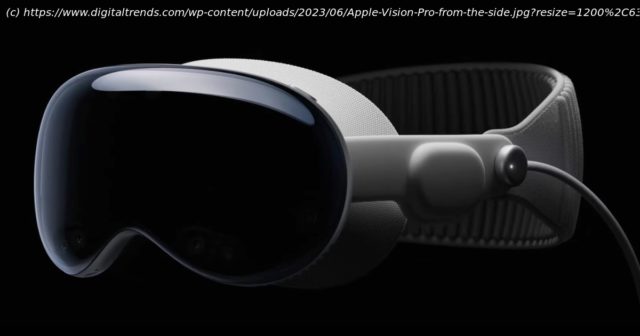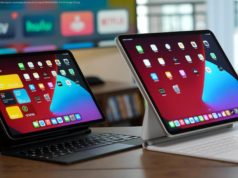If Apple really wants the Vision Pro headset to succeed, it needs to think really seriously about how people who wear glasses use it.
I’m hugely excited about the Apple Vision Pro, but I’m also aware of how much of a risk it is. Not because it’s a hugely expensive VR headset — but because I wear spectacles to correct my vision. I’m not alone either, obviously. The Vision Council claims more than 166 million adults in the U.S. do the same, and the number may reach 2.2 billion when the entire world is taken into account.
Apple needs to take spectacle wearers as seriously as it does the technology inside the Vision Pro and the 23-million-pixel displays we will stare at. Because if millions of people aren’t reassured right from the start that they will comfortably be able to see what’s going on, then they simply aren’t going to buy it.Why it’s a pain
If you wear glasses, you already know it can be a pain to use some VR headsets. A lot depends on the shape of your frames and whether they fit inside the headset when you’re wearing them. Most of the time, it’s acceptable, but if any part of the headset rests on the frames, it soon becomes very uncomfortable. Because our vision needs are unique to us personally, the visual experience can differ depending on the prescription and the type of vision correction you need.
Of all the headsets I’ve used, Sony has come up with the neatest, most comfortable solution to the problem with the PlayStation VR and PlayStation VR2. They are excellent right out of the box, and I’ve never had major problems with fit or clarity. However, they’re not perfect, as my personal prescription does introduce some blur and focus issues around the edge of the display. It’s manageable, though, and far better than some other solutions.
At the other end of the spectrum is TCL’s NXTWEAR G, which can’t be used with glasses at all due to its design. Instead, the solution is to use a magnetic attachment with your own prescription lenses inside. The accessory is included in the box, but it’s down to you to find somewhere to make and fit the right lenses — and to swallow the extra cost. Ahead of the Vision Pro’s announcement, rumors pointed to Apple doing something similar, which didn’t bode well at all. So what’s the situation?How Apple is dealing with it
Due to the Vision Pro’s design, you won’t be able to wear glasses with it, and the eye-tracking system may get confused by reflection from their lenses anyway. It means you have to take your glasses off to wear the Vision Pro, and for a lot of people, that means not being able to see properly. Like the NXTWEAR G, magnetically attached lenses will correct your vision inside the Vision Pro, but rather than the single, spectacles-like piece used by TCL, these will be individual lens attachments.






